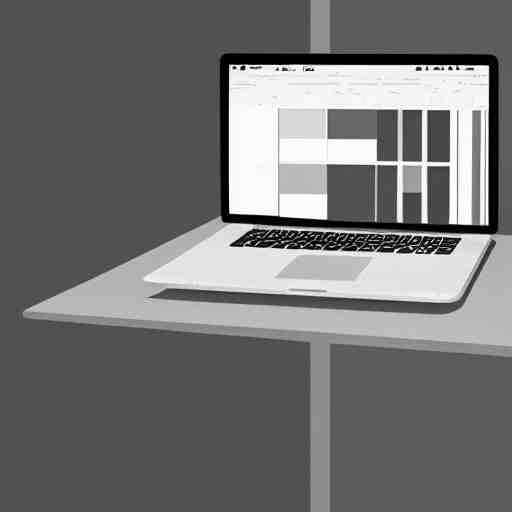Easily Explaining Headless Browser APIs And Its Top Use Cases

 So, let us begin! What Is A Headless Browser API?A headless browser API is an application programming interface that enables developers to use a headless browser without having to install one on their computers first. This way they can perform automated tests on websites and applications without having to bother with setting up the browser beforehand.
There are many different types of APIs available on the market but we recommend using one that has recently gained popularity; because it offers an easy-to-use solution that allows developers to quickly test their sites and applications.
So, let us begin! What Is A Headless Browser API?A headless browser API is an application programming interface that enables developers to use a headless browser without having to install one on their computers first. This way they can perform automated tests on websites and applications without having to bother with setting up the browser beforehand.
There are many different types of APIs available on the market but we recommend using one that has recently gained popularity; because it offers an easy-to-use solution that allows developers to quickly test their sites and applications.
What Are APIs For Data Extraction?
Application Programming Interface (API) is a set of definitions and protocols that allow two software programs to communicate with one another. A data extraction API allows you to extract data from websites that use JavaScript code. This means that you will be able to extract any data from any website, even if it uses complicated scripts. There are many APIs available on the market, but we want to recommend you the best one: Web Scraping API with Headless Browser API.
To make use of it, you must first:
1- Go to Web Scraping API with Headless Browser API and simply click on the button “Subscribe for free” to start using the API.
2- After signing up in Zyla API Hub, you’ll be given your personal API key. Using this one-of-a-kind combination of numbers and letters, you’ll be able to use, connect, and manage APIs!
3- Employ the different API endpoints depending on what you are looking for.
4- Once you meet your needed endpoint, make the API call by pressing the button “run” and see the results on your screen.
Concerning Web Scraping API With Headless Browser API
For complex web scraping operations, this Web Scraping API with Headless Browser functionality is the ideal tool. You may extract data from websites while acting as a genuine browser thanks to our robust API. This entails that it is simple to get over website limitations, crack captchas, and scrape dynamic webpages.
The API also offers a variety of data extraction tools that make it simple to get the text, photos, and connections from web pages that you require. The API can be altered to meet your unique requirements, including data extraction from particular page elements or link-following to scrape numerous sites.





